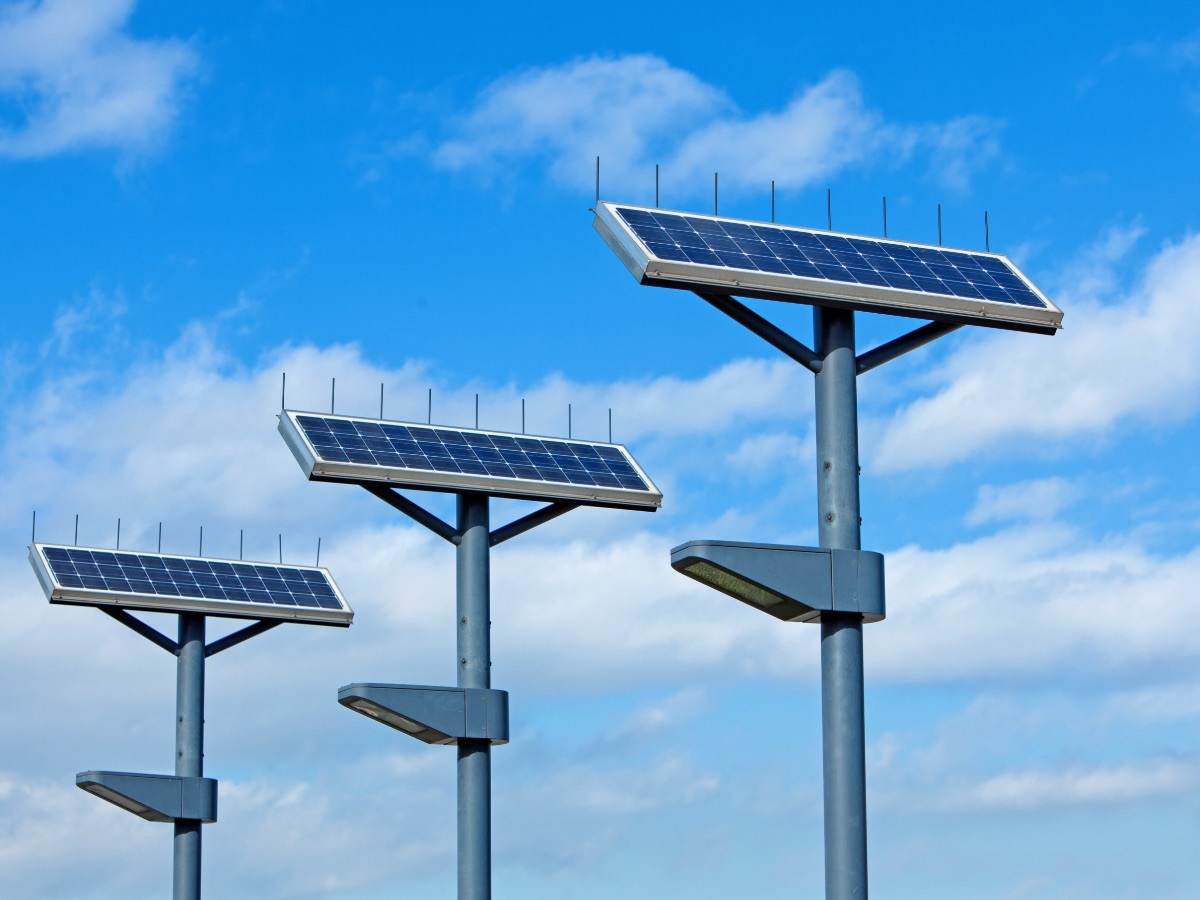ADAguy
Registered User
Do solar photovoltaic (not connected to power sources) light fixtures as in path lighting have to have UL labels? if attached to a building?


Correct, only certain parts of the NEC require equipment to be listed and or labeled. UL is not the only game in town anyway.That style of lighting is not covered by the NEC per the scope of Article 410 (Luminaires, Lampholders, and Lamps). It isn't specifically omitted, but they don't fall under any of the categories listed in 410.1. All of the types listed in that section appear to be hard-wired if you read the code sections.
My guess is that they are not required to be listed.
I am so glad that you asked. Let's take a look at the NEC, shall we?If that lighting is not covered by the NEC then on what basis does the building department have jurisdiction?
I agree with that.There's no permit required for fixtures that are not tied to the grid. Unless/until you run up against our zoning code "overspill" regulations, I have no authority to tell you what kind of solar lights you stick in your yard. I don't want any, either.
This is something the insurance companies ought to take care of, and leave us out of it.
..........................................
If you have an off the grid system that is not an integral part of the building I agree there is no jurisdiction.
If you have an off the grid electrical system that is an integral part of the building my sense is that the electrical code would apply. You have simply replaced the grid with the solar system that generates the power.
.................................................
